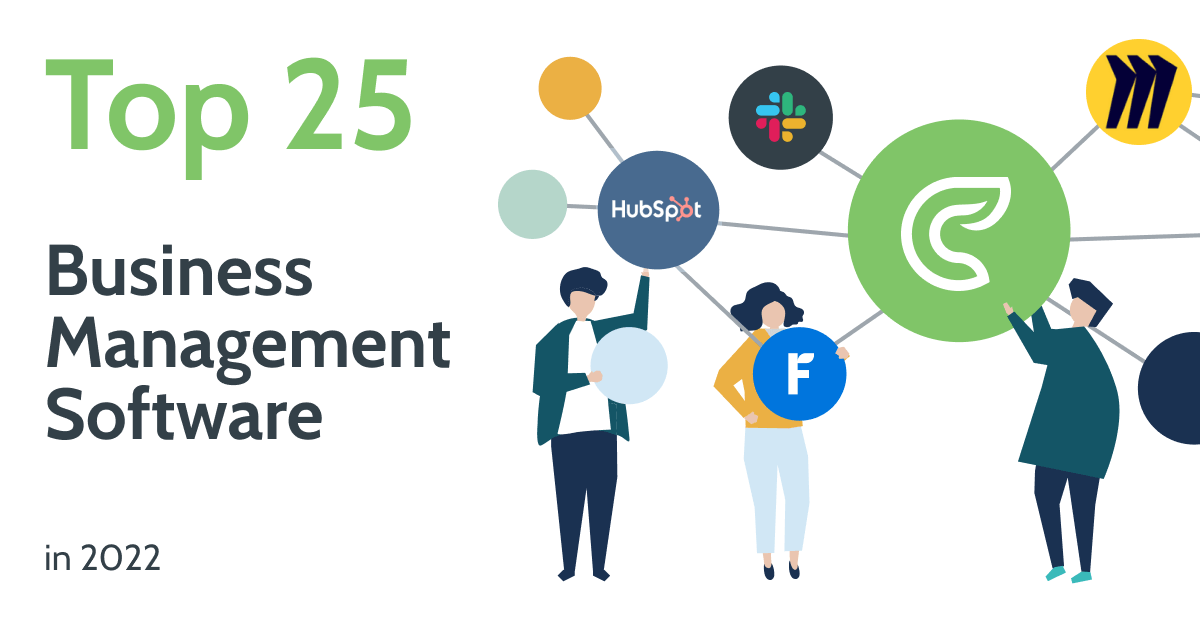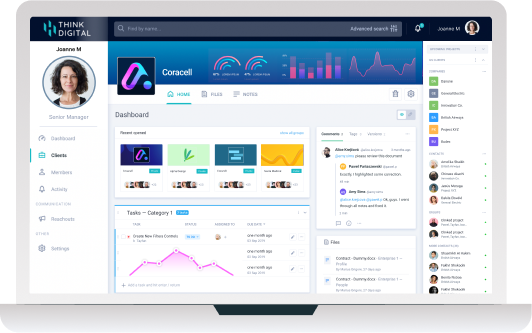The demand for saas companies to offer an open API for third parties is increasing, with businesses needing to improve existing products and operations. A public application programming interface (API) can open up countless opportunities, enabling apps to communicate and share information with one another.
So for the non technical readers, what exactly is an API connection?"API stands for application programming interface, which is a set of definitions and protocols for building and integrating application software." (Redhat, June 2022)
How are businesses using APIs to improve workflows?
Most businesses today use multiple cloud applications within their company. Technology has never been such an integral part of a businesses operations, especially with more and more companies continuing to work remotely post-pandemic. Connecting all platforms together adds value to a company by enabling them to streamline their business operations.
APIs allow any applications - CRMs, finance, collaboration, and marketing platforms - to connect with one another and deliver any integration that your organisation requires. This allows businesses to maximise productivity and time efficiency by carefully mapping out the processes that work best for their team. The need for an API doesn’t just apply to the internal team, customers also demand integrated experiences between their different software tools.
As well as bringing added value to your internal processes, offering an open API also enhances customer experience. By having an open API, clients can tailor their own experience to best suit their needs, and integrate with any other platforms they use. This is a crucial step in offering a personalised experience, which in turn will be a factor in encouraging customers to choose an API-implemented business over its competitors.
In addition to leveraging APIs, effective API management is essential for optimizing these integrations. It involves overseeing the interfaces that enable software communications, ensuring they are secure, scalable, and effective. Effective API management helps businesses maintain smooth operations, monitor usage, manage permissions, and address security concerns, all crucial for enhancing the efficiency and security of their digital infrastructure.
How are businesses using the Clinked API?
The Clinked API is used by many of our clients and their engineering teams to automate a number of different tasks. Here are some examples of how the Clinked API is used by our clients.
-
Gathering data about portal users and content
Within Clinked, one capability that many clients desire is the ability to view data about their portal users, such as how regularly they’re logging in, an overview of what actions they’re taking and the main pieces of content they’re interacting with. Although most of this information is available from the Clinked audit trail, an API allows firms to pull this data and display it as a dashboard in an environment used for internal analytics. There’s also the option to set up an automation that reacts to certain events in Clinked. For example, for businesses using external platforms such as Slack, there is the option to notify users of certain events in Clinked via the API.
-
Automatically create and update content
Another function of the Clinked API is creating and updating content automatically. This could be set-up in multiple ways, whether it's via a trigger from an action taken in a different platform, or uploaded directly from a computer. For example, companies may have another system they use to upload and edit files internally, which can be integrated with Clinked to ease administration levels. In addition, firms that still use email to share files can use the API to upload them directly to Clinked. With an API you are able to pull files from any location into your Clinked portal, reducing the need to manually upload them repeatedly.
-
Manage portal users
Managing portal members is an administrative process that takes up a significant amount of time within the platform. With the Clinked API, the possibilities are endless. This includes the ability to transfer or sync users between different websites and systems. Businesses can also create workflows to invite members automatically - for example, allowing users to sign up and create an account via their website.
-
Manage groups
In addition to managing users, businesses can also manage groups. Depending on the customer use case, firms can create/update a group and/or invite particular users to a group via automation. Firms can also perform more specific batch updates on users and change their group memberships. For example, it’s possible to make an automated flow to invite all users to a newly created group.
Offering an open API opens up many additional capabilities for users of your software, whilst streamlining your business processes. This could be integral in encouraging customers to not only choose your business initially, but to remain a long term customer. That’s why we take great pride in our open API and the many benefits it offers our clients. We’re excited to announce that a brand new and improved version of our API is coming soon, even more feature-rich than before, including integrations with Adobe Sign and DocuSign. Keep an eye out for the release date! You can view our current API on our website and start developing your ideal workflow today.








Let Us Know What You Thought about this Post.
Put your Comment Below.